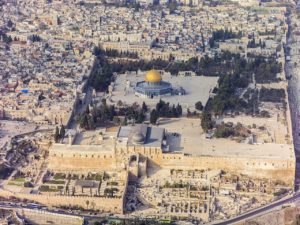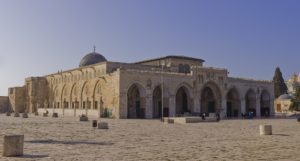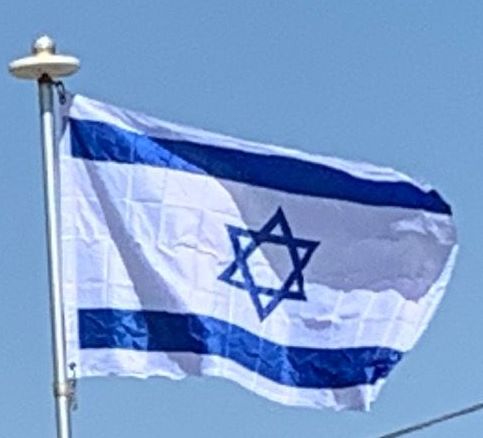During the siege of Jerusalem by the First Crusade in 1099, the Jewish inhabitants of the city fought side by side with the Fatimid garrison and the Muslim population who tried in vain to defend the city against the Crusaders. When the city fell, around 60,000 people were massacred, including 6,000 Jews seeking refuge in a synagogue. At this time, a full thousand years after the fall of the Jewish state, there were Jewish communities all over the country. Fifty of them are known and include Jerusalem, Tiberias, Ramleh, Ashkelon, Caesarea, and Gaza. According to Albert of Aachen, the Jewish residents of Haifa were the main fighting force of the city, and “mixed with Saracen [Fatimid] troops”, they fought bravely for close to a month until forced into retreat by the Crusader fleet and land army.

In 1165, Maimonides visited Jerusalem and prayed on the Temple Mount, in the “great, holy house.” In 1141, the Spanish-Jewish poet Yehuda Halevi issued a call for Jews to migrate to the Land of Israel, a journey he undertook himself. In 1187, Sultan Saladin, founder of the Ayyubid dynasty, defeated the Crusaders in the Battle of Hattin and subsequently captured Jerusalem and almost all of Palestine. In time, Saladin issued a proclamation inviting Jews to return and settle in Jerusalem, and according to Judah al-Harizi, they did: “From the day the Arabs took Jerusalem, the Israelites inhabited it.” Al-Harizi compared Saladin’s decree allowing Jews to re-establish themselves in Jerusalem to the one issued by the Persian king Cyrus the Great over 1,600 years earlier.

In 1211, the Jewish community in the country was strengthened by the arrival of a group headed by over 300 rabbis from France and England, among them Rabbi Samson ben Abraham of Sens. Nachmanides (Ramban), the 13th-century Spanish rabbi and recognized leader of Jewry, greatly praised the Land of Israel and viewed its settlement as a positive commandment incumbent on all Jews. He wrote “If the gentiles wish to make peace, we shall make peace and leave them on clear terms; but as for the land, we shall not leave it in their hands, nor in the hands of any nation, not in any generation.”
In 1260, control passed to the Mamluk sultans of Egypt. The country was located between the two centres of Mamluk power, Cairo and Damascus, and only saw some development along the postal road connecting the two cities. Jerusalem, although left without the protection of any city walls since 1219, also saw a flurry of new construction projects centered around the Al-Aqsa Mosque compound on the Temple Mount. In 1266, the Mamluk Sultan Baybars converted the Cave of the Patriarchs in Hebron into an exclusive Islamic sanctuary and banned Christians and Jews from entering, who previously had been able to enter it for a fee. The ban remained in place until Israel took control of the building in 1967.

